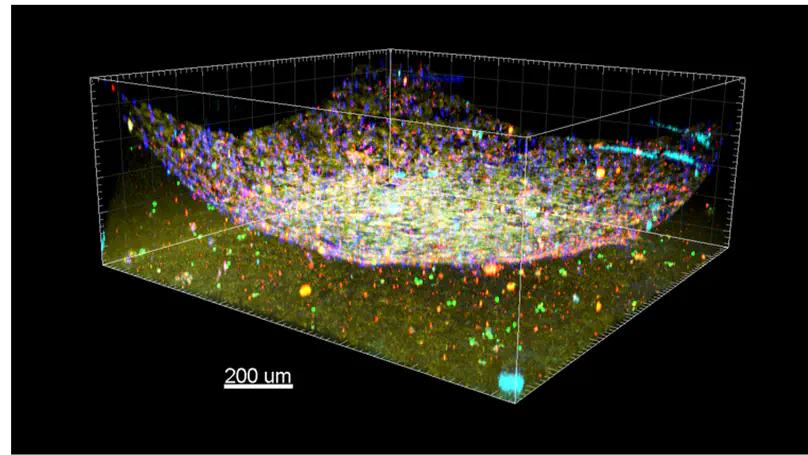Our Research

We use an integrated approach to develop functional replacements for tissues such as articular cartilage, auricular cartilage, bone, intervertebral disc, tendon, and ligament. Our lab has developed various technologies to enable tissue engineering research, such as microencapsulation, photochemical crosslinking, biomimetic and functional materials, and micropipette-based mechanical loading.
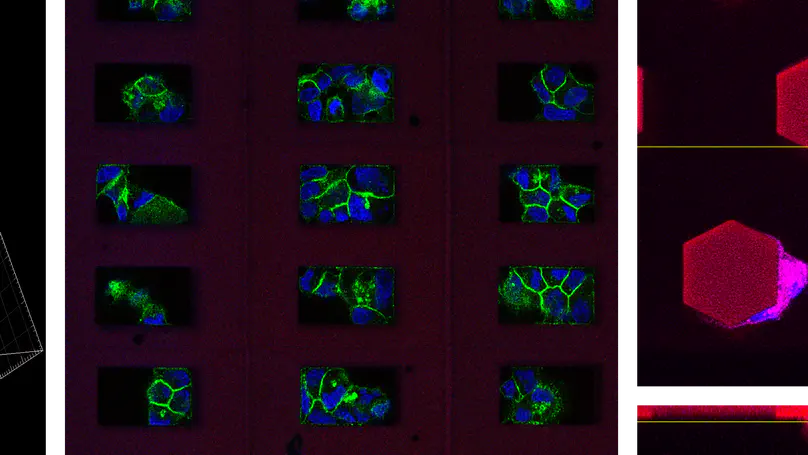
Cells are living entities that sense and respond to many signals present in their microenvironment. We are developing the Multiphoton Microfabrication and Micropatterning (MMM) platform to engineer and precisely control each facet of the cell niche, including mechanical properties such as stiffness and elastic modulus, the 3D spatial position and concentration of extracellular matrix (ECM), growth factor and cell-cell interaction proteins, and high-resolution topographies.
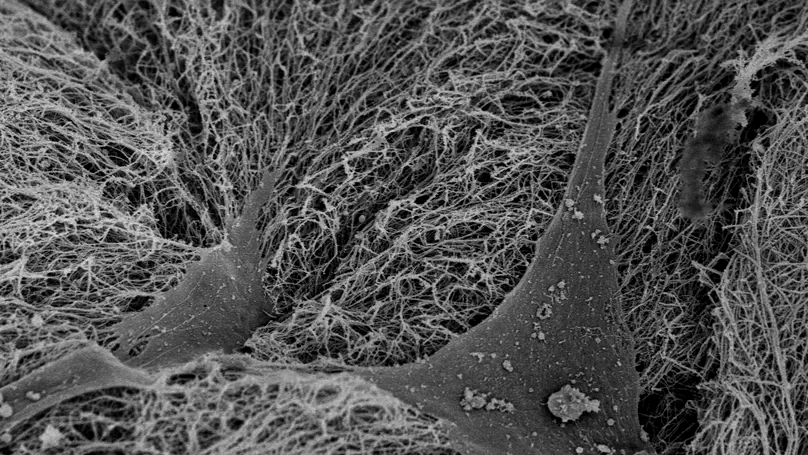
We are interested in studying the mechanosensing and signalling mechanisms of stem cells in physiologically relevant matrices. Particularly, we study cell-matrix interactions, cell-cell interactions, and cytoskeletal responses of cells under active mechanical loading and in microenvironments with tunable mechanical stiffnesses.
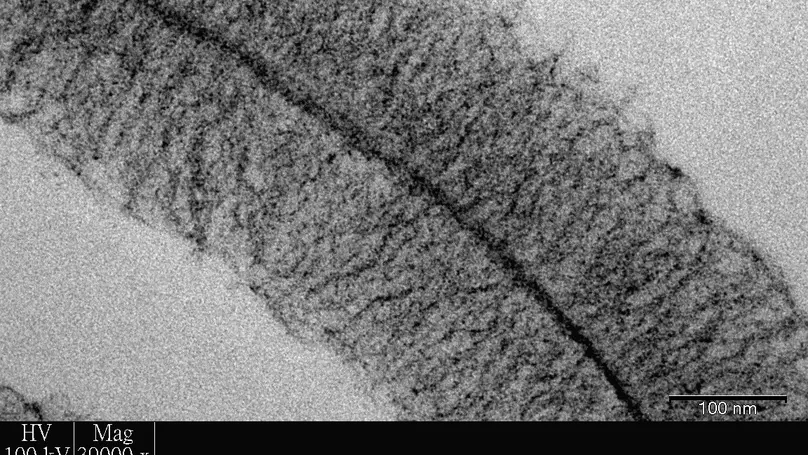
Biomimetic scaffolds mimic important features of the extracellular matrix (ECM) and can be finely controlled at the nano- or microscale. Rational design of biomimetic scaffolds is based on consideration of the ECM as a natural scaffold; ECM provides a niche for cell adhesion, migration, proliferation, and differentiation.
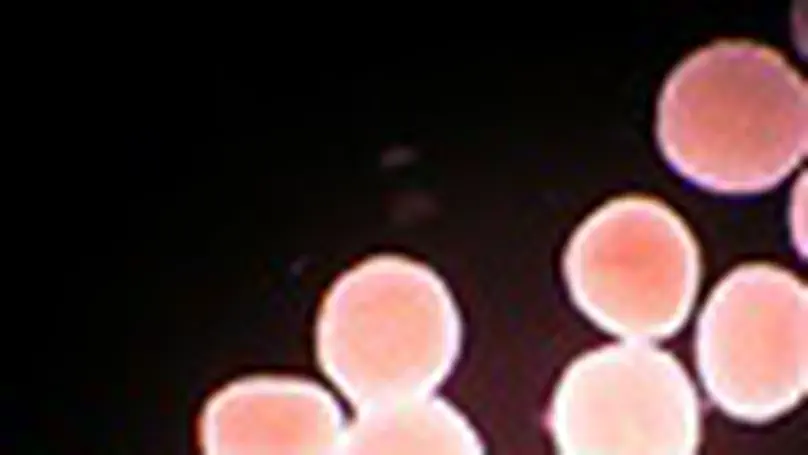
Microencapsulation is the process to entrap cells within the confines of a semi-permeable membrane or a homogenous solid matrix. We have developed a microencapsulation technology to entrap cells within a dense meshwork of extracellular matrix (ECM) components, such as nano-sized collagen fibers, laminin, fibronectin, and glycosaminoglycans (GAGs).
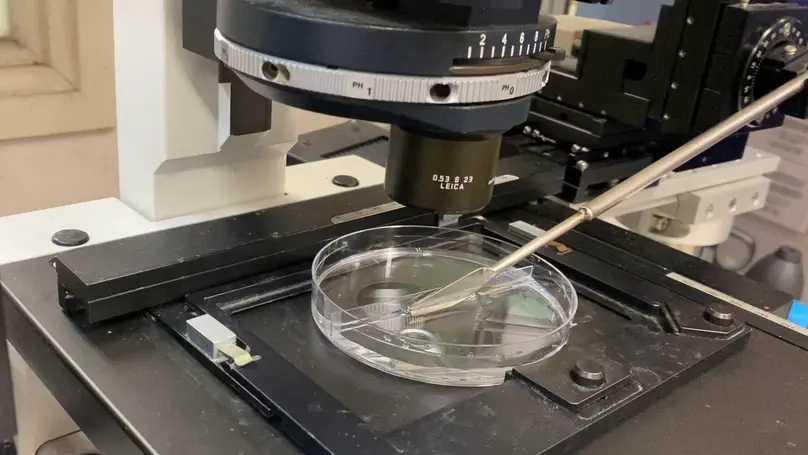
We have developed a series of micropipette and microplate-based techniques to measure the mechanical properties of individual cells and tissue micro-masses and to investigate the cellular responses to mechanical signals. These techniques facilitate mechanical characterization of cells and small tissue micro-masses and assist rational design of bioreactors in developing functional tissue replacements.
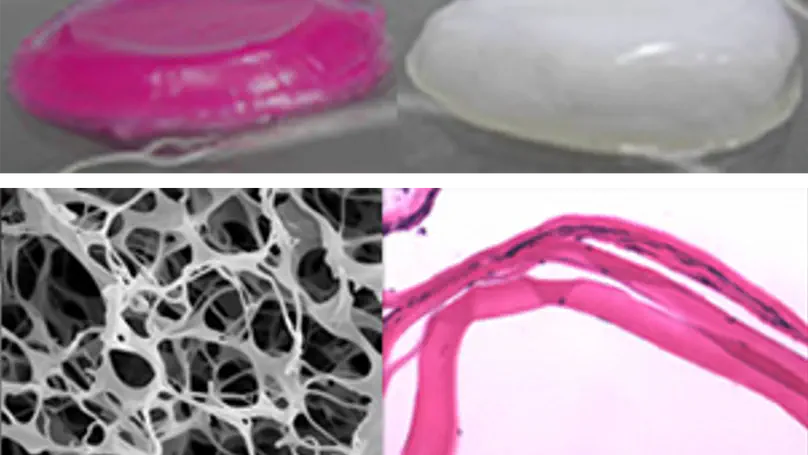
Photochemical crosslinking is a processing technique for collagen-based biomaterials involving photochemical reactions of light-activated photosensitizers. This technology is able to modify the physicochemical properties of collagen-based biomaterials including mechanical stability and swelling characteristics without compromising their biocompatibility.
